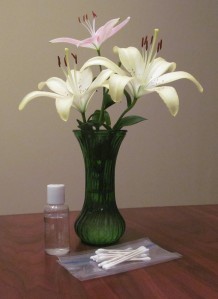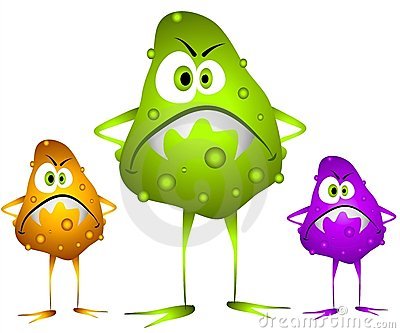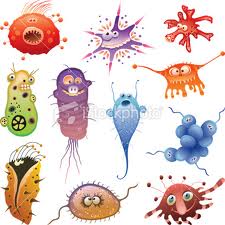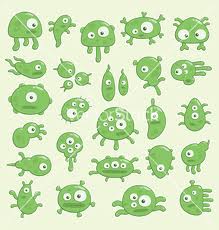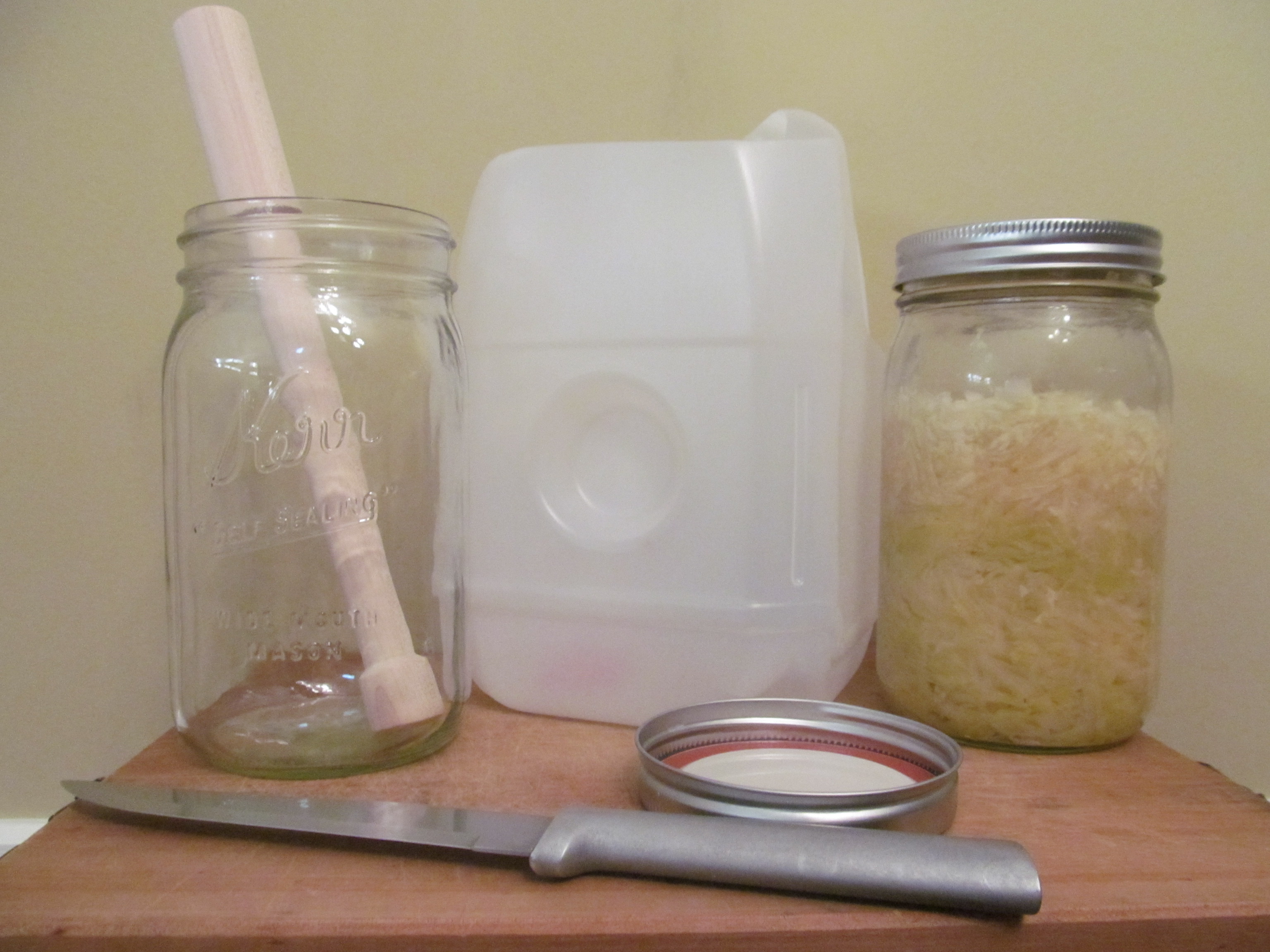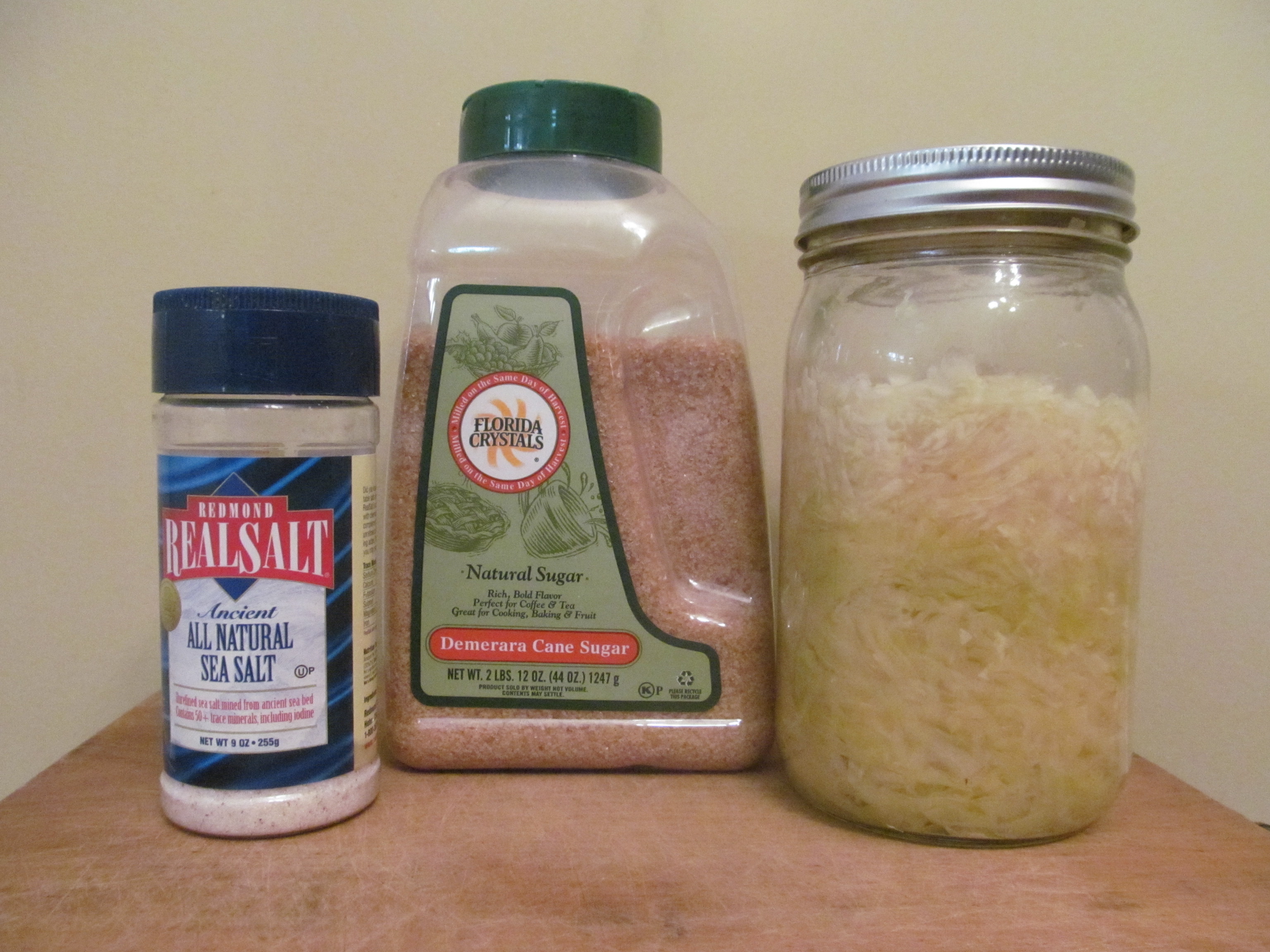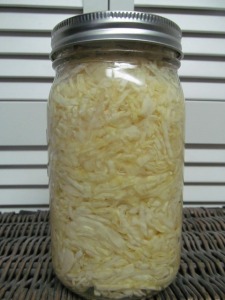You can stop a common cold as soon as you notice the first symptom. This is the ultimate do-it-yourself project, because no one else can do it for you. But first you must learn the details of how to do it, watch for minor symptoms, and be ready to take action as needed.
I am not a doctor or a scientist, so I can only tell you what works for me. I rely on Google for background facts and invite you to do your own research if you want more supplemental information. Since the method really does work for me, I would be remiss if I did not share this knowledge.
There is not a vaccine which can kill all 200 or more viruses which are at fault in causing what we call the common cold. That is probably a good thing, because we have been inadvertently killing too many friendly microbes already, which causes other problems for our health. There is no medication which can cure a cold either. Medications attack symptoms not causes, and they can affect the whole body in negative ways.
Can drinking alcohol cure a cold? No. You cannot have enough alcohol in your bloodstream to kill a cold, without being dead. That would sort of defeat the purpose, wouldn’t it? Since colds do not live in the bloodstream, we can rule out any need to increase our blood alcohol level.
There have been some studies, however, which showed that moderate consumption of alcohol might reduce the incidence of colds. A 1993 study at Carnegie Mellon found that moderate drinking reduced the frequency of colds, except for smokers, and a 2002 study in Spain found that red wine might be helpful, but other studies found no benefit. There has been some speculation that perhaps the antioxidants in red wine might be more effective than the alcohol. On the other hand, there is some evidence that alcohol aids the absorption of resveratrol. But I think the positive results found in the two studies might have resulted from occasional coating of the throat with mild alcohol coincidentally at times when colds were just getting started.
Only ethyl alcohol (ethanol as in vodka and other alcoholic beverages) is safe for drinking. I do not recommend drinking, but that is just my opinion. Isopropyl alcohol, the rubbing alcohol which is used as a disinfectant, and methyl alcohol, which is used in antifreeze, should never be consumed.
Oddly enough, 70% ethanol is more effective at killing bacteria than 100% ethanol. This has something to do with alcohol evaporating at room temperature and the higher concentration may evaporate too quickly to be effective. That may also explain why rubbing alcohols are diluted to 70%.
The bacteria responsible for tetanus and botulism are said to be resistant to ethanol, while strep bacteria on a thermometer might be killed in as little as twenty seconds. But we have a lot to learn. Microbiologists say there are thousands of species of microbes which live in and on the human body, each with its own role in the overall scheme of things. Microbes are critical to our existence, so we must learn to get along.
Although bacteria and fungi can cause respiratory infections, the common cold is caused by viruses. They are said to do little or no actual tissue damage. The symptoms we experience result from an excessive response by our immune system. Without knowing how to put a stop to colds, we have been fighting the symptoms with medications that affect the whole body. Then our immune system may be weakened, allowing secondary infections like sinusitis or even pneumonia.
Alcohol cannot kill viruses because viruses are not alive—but it can inactivate them, some more easily than others. Viruses can also be inactivated with bleach, acids and heat.
Some viruses such as polio can infect the gut because they are able to withstand acid and higher body temperature. Cold-causing viruses live in the respiratory system where more moderate conditions exist. They thrive in thickened mucus, without which they cannot do their dirty deeds. This is a big clue–get rid of congestion, and let your body’s natural secretions wash away the unfriendly microbes.
Viruses on skin or other surfaces can also be inactivated with alcohol, but those which stay inside nerves are believed not to expose themselves to this possibility. I believe I discovered an exception to this, however, when I devised my remedy for stopping cold sores before they break out.
It is generally agreed that consumption of alcohol has a dehydrating effect on the body, which might make it more difficult to avoid colds or other respiratory infections. However, I have found that topical applications of diluted alcohol do not seem to have a dehydrating effect on the mucus membranes of the throat, but serve more as a cleaning and wetting agent.
So let’s consider one of the first symptoms of a beginning cold–a sore throat. You can put a stop to it quickly by gargling with a mouthwash containing 14% alcohol. Since mouthwashes contain other ingredients for fighting dental problems, along with artificial colors and flavors, and they even recommend calling a poison control center in the event you should swallow any, you might want to mix your own gargling solution. Since the only active ingredient needed for stopping a sore throat is 14% ethyl alcohol, you can mix one part of 80-proof vodka with two parts of filtered water and you are good to go.
If you don’t like to gargle, you can use a little cotton swab and treat just the spots that are sore, while trying not to gag. In this case you might want to store some diluted alcohol in a 3 oz. bottle for convenience. Or you can take the wimpy way out and use a little spray bottle to apply it. The goal is not to sterilize your throat, but to inactivate the harmful viruses just enough to let your body stay in control.
This simple procedure has stopped every threatening sore throat for me since 2004. I don’t know if the diluted alcohol simply inactivates enough viruses to stop their progress or if it is stopping the body’s histamine reaction, or both. But for whatever reason, it has been 100% effective.
Although this is a reliable method for stopping a sore throat, the cold virus may decide to move into your nose, sinuses, ears, or lungs anyway. My book describes simple methods for quickly taking care of each of those contingencies.
Every time I am able to stop a cold before it gets started, I remember how I used to think that colds were inevitable, along with the required tissues, medications, secondary infections, expense, sick days and misery. I am also blessed to be free of headaches and allergies which I had since childhood.
Did someone say, “This is nothing new. We have gargled with mouthwash to treat a sore throat for years—but it doesn’t work?” As the old expression goes—the devil is in the details. As a child, when being treated for a cold, the doctor would swab my sore throat with something. I don’t know what it was, but it was brown, strong and nasty; and it seemed to help. Then I got a chest cold or bronchitis or whatever anyway and would get a penicillin shot to help clear it up. As a teenager I was occasionally able to ward off a sore throat by swabbing it with strong mouthwash, but usually the congestion would settle in my head or lungs anyway. I had no confidence in the use of mouthwash.
The detail that is different here is that the first symptom of a cold must be treated immediately. There is no time to get a doctor’s appointment or look for supplies after work. You can’t let bad guys move into your home and worry about how to get rid of them next week.
I never wash my hands unless they are dirty, but I don’t allow congestion to set in. I suspect that even if I did, I could probably stop a full-blown cold by using every tip in my book. But it is so easy to stop the first sniffling, sneezing, coughing, sinus drip, earache, or raw feeling in the head or chest that I don’t want to let it develop into something worse.
I don’t think a drop of diluted alcohol on a swab is particularly dangerous, but I have no way of knowing if you are allergic to alcohol or if a cotton swab could be contaminated in some way. You are responsible for your own health and I expect you to use your own judgment.
Some people are successful in stopping colds by putting 3% hydrogen peroxide in each ear, or by using a neti pot for nasal irrigation. I don’t enjoy nasal irrigation, so I would only use that as a last resort.
I think we have the potential to stop allowing the common cold to be the reason for up to 40% of all doctor appointments. We can free doctors to do more of the important work for which they were trained.
